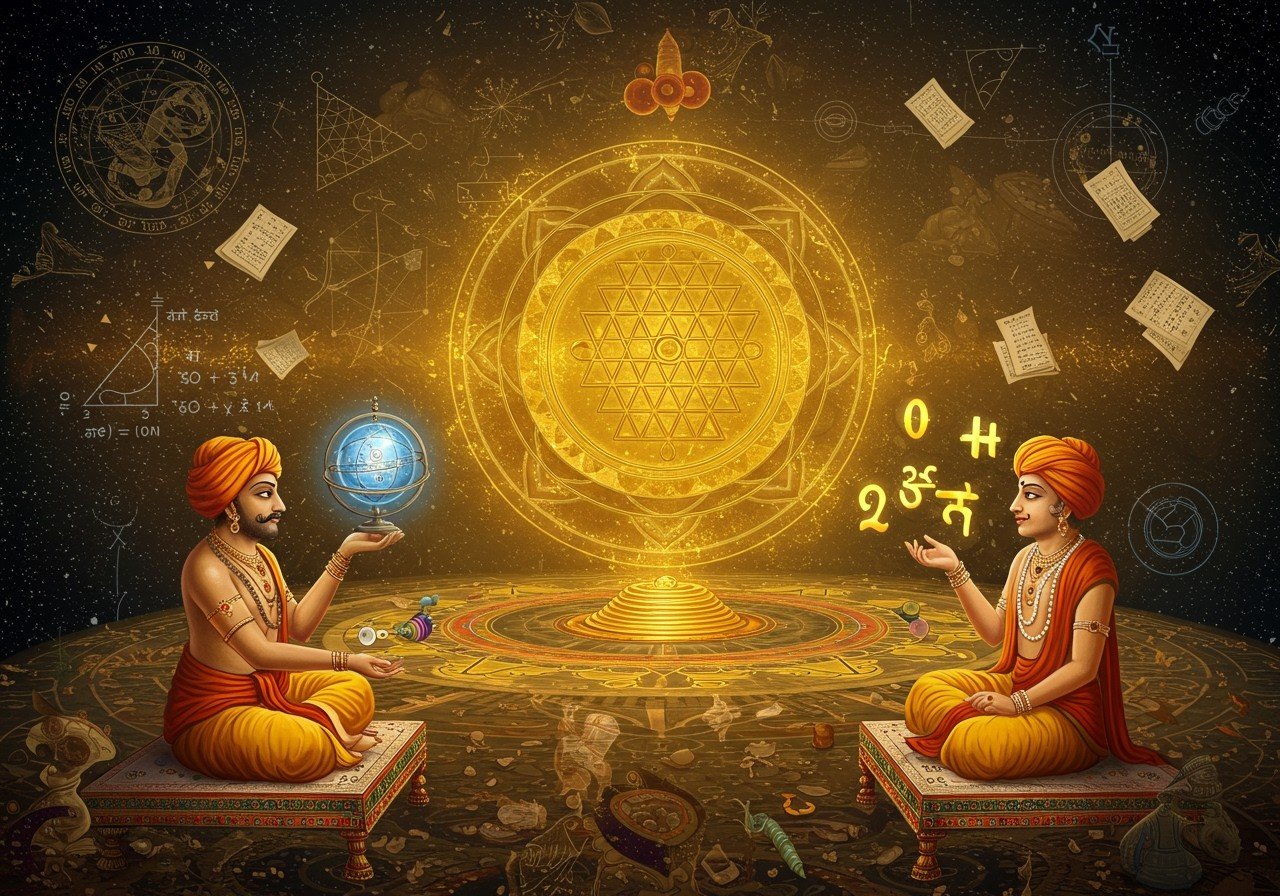
Indian mathematics boasts a rich and captivating history, spanning millennia and significantly shaping the global mathematical landscape. This exploration delves into the lives and accomplishments of pivotal figures in Indian mathematics, highlighting their groundbreaking contributions and enduring legacy. We’ll also examine the broader historical context of Indian mathematics and its influence across various disciplines.
The Dawn of Indian Mathematics (1200 BCE – 400 CE)
The foundations of Indian mathematics were laid during the Vedic period (1500-500 BCE). The Sulba Sutras, ancient texts containing rules for constructing altars and geometric shapes, emerged during this era. These foundational works paved the way for subsequent mathematical advancements, demonstrating early applications of geometry and arithmetic in ritual practices. This period set the stage for the development of more complex mathematical concepts in later eras.
The Classical Period (400 CE – 1200 CE): A Golden Age
This era witnessed remarkable progress, with scholars like Aryabhata, Brahmagupta, Bhaskara II, Varāhamihira, and Madhava making groundbreaking contributions. Aryabhata (476-550 CE), a renowned mathematician and astronomer, introduced the concept of zero and made significant strides in trigonometry and algebra. His work, the Aryabhatiya, became a cornerstone of Indian mathematical astronomy. Brahmagupta (598-668 CE), known for his treatise Brahmasphutasiddhanta, further developed rules for working with zero and negative numbers, advancing the understanding of number systems. Bhaskara II (1114-1185 CE), also known as Bhaskaracharya, authored the Siddhanta Shiromani, a comprehensive work covering algebra, trigonometry, and calculus. His contributions to solving equations and understanding mathematical functions were pivotal. Varahamihira (505-587 CE), an astronomer and mathematician, authored influential texts on astrology and astronomy, bridging the gap between mathematical theory and practical applications. Madhava of Sangamagrama (1350-1425 CE), a brilliant mathematician and astronomer from Kerala, pioneered work on infinite series and laid the groundwork for later developments in calculus.
The Kerala School of Mathematics (1300 CE-1600 CE)
The Kerala School, flourishing between the 14th and 16th centuries, made remarkable strides in calculus and mathematical analysis. Scholars like Madhava of Sangamagrama explored infinite series and calculus concepts, predating similar developments in European mathematics. Their work demonstrated a deep understanding of mathematical concepts and advanced the field significantly. This school’s contributions highlight the continuous evolution of mathematical thought in India.
Key Figures: Aryabhata and Bhaskara II
Aryabhata: A Trailblazer
Aryabhata’s work, the Aryabhatiya, introduced groundbreaking concepts, including the concept of zero and advancements in trigonometry, shaping the future of mathematics. His approximation of pi showcased his profound mathematical understanding. His legacy inspired generations of mathematicians and astronomers.
Bhaskara II: A Luminary
Bhaskara II’s magnum opus, Siddhanta Shiromani, covered a wide range of mathematical fields, including algebra, trigonometry, and calculus. His contributions to solving quadratic equations and advancements in calculus were monumental. His work left an indelible mark on Indian mathematics, influencing countless scholars who followed in his footsteps.
Indian Mathematics in the Medieval and Modern Eras
The mathematical tradition continued to thrive in the medieval period with figures like Nilakantha Somayaji (1444-1545 CE) and Jyeshtadeva (1500-1610 CE), who built upon the work of their predecessors and made further contributions to astronomy and calculus. In the modern era, Srinivasa Ramanujan (1887-1920) emerged as a mathematical genius, making groundbreaking contributions to number theory, continued fractions, and infinite series. Other notable figures include Harish-Chandra (1923-1983) and C.R. Rao (born 1920), who made significant contributions to representation theory, harmonic analysis, and statistics, respectively.
Poojn.in: Connecting You to India’s Mathematical and Spiritual Heritage
Poojn.in, India’s leading online store for cultural and spiritual goods, offers a wide range of products to support your exploration of Indian mathematics. Whether you’re a student, teacher, or simply interested in learning more, we provide authentic puja items, educational resources, and more. Explore our collection and connect with India’s rich mathematical and spiritual traditions.
-
Enhance Your Studies: Discover traditional brass and copper items used in educational ceremonies, creating a sacred atmosphere for learning and reflection. We offer a wide selection of high-quality items perfect for creating a dedicated space for your studies.
-
Honor Saraswati: Find everything you need for Saraswati puja, honoring the goddess of knowledge and wisdom. Our collection includes statues, malas, and other essential items for a complete and meaningful puja experience.
-
Illuminate Your Path: Explore our selection of pure ghee lamps, perfect for lighting during study sessions and creating a calming ambiance for contemplation. We offer a variety of lamp sizes and designs to suit your needs.
-
Celebrate Achievements: Find authentic ritual materials for academic success ceremonies, honoring the importance of education in Indian culture. Our collection includes everything you need for a traditional and auspicious ceremony.
Visit Poojn.in today to discover how we can support your journey into the fascinating world of Indian mathematics.
Conclusion
The journey of Indian mathematics is a testament to human ingenuity and the pursuit of knowledge. From ancient rituals to modern breakthroughs, Indian mathematicians have shaped the world we live in. Let us continue to honor this rich legacy by supporting mathematical education and research for generations to come.


